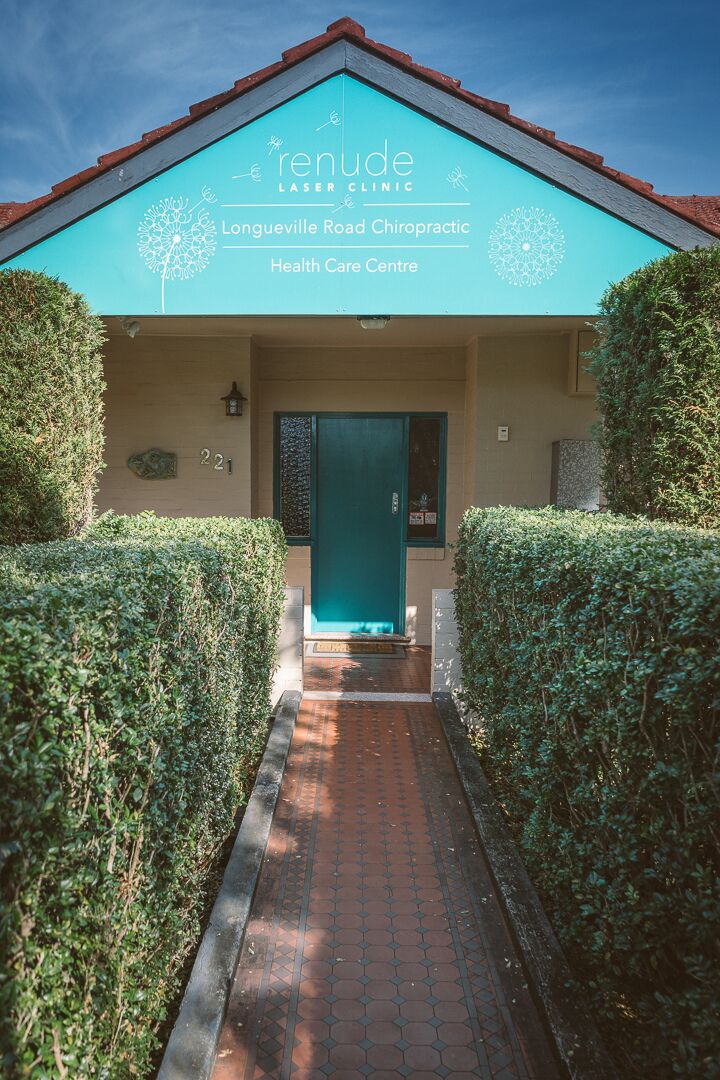Laser Therapy is the New Frontier in Sports Performance and Reduced Recovery Time
Increase Performance, Decrease Recovery Time, Reduce Pain – Laser Therapy is the New Frontier in Sports Performance
For the last three years, Longueville Road Chiropractic Centre (LRCC) has been paving the way for sporting performance, recovery and pain modulation. Currently at the forefront of leading research, Low Level Laser Therapy (LLLT) has proven its effectiveness and power in enhancing performance and minimising tissue damage with results published in over 4000 articles in well-respected journals internationally, and one new paper daily is admitted to PubMed.
So what is LLLT?
LLLT is the application of low power laser beams, at three varying wavelengths, to enhance cellular function. This use of multiple wavelengths optimises absorption by saturating tissue levels and penetrating deeper. This absorption of light wave triggers a series of physiological changes, modulating cellular metabolism, stimulating immunity, reducing inflammation, accelerating tissue healing and dampening pain perception.
LLLT is currently used by a number of leading researching institutions, space exploration programs and high performance sports teams including, Chicago Bulls, Detroit Lions, San Francisco 49ers and Los Angeles Kings. Research is presently under way with the Argentina Rugby Team.
How does it work?
The absorbed energy emitted by the light wavelengths stimulates a series of metabolic events that enhance the body’s natural process at a cellular level. This increases blood flow and thus oxygen and nutrient supply to tissue, reduces inflammation and pain, as well as stimulate tissue regeneration at a faster rate. By stimulating tissue granulation, fibroblast and collagen production, tissue regeneration and healing of injured tissue occurs more efficiently.
However, not only does this reduce recovery time, LLLT has been shown to enhance performance and muscle recovery as well as prevent injury. The increased release of ATP, the body’s primary energy supply, allows the athlete to work at a higher intensity for longer periods. As such the laser can be used throughout any stage of training; Preparation, Performance or Recovery.
How LLLT can help assist in Performance & Recovery
Preparation
Your training is intense, and happens over an extended period of time. Your body has to get stronger, faster, more agile as you peak for competition. Use laser before training to relieve any muscle-skeletal pain, reduce future muscle fatigue. The LLLT also has a protective effect on the muscles, minimizing oxidative damage and protecting against fatigue, as supported by the literature.
Performance
As an athlete you know how much a split second counts. Studies have shown improved performance by 20% (over placebo) during the activity and a noted increase in performance by 10-15% after 48 hours. Another study found that 80% of all pitchers were able to improve total pitch count (p<0.023) by 16% with one active laser session that lasted less than 5 minutes!
Recovery
You require your body to bounce back for the next session, often which is in as little as 24 hours, or in the case of cross fit less then an hour. Your next competition could be in less than an hour, or it could be a week or month away. LLLT provides powerful relief for acute issues such as spasms, strains and sprains, as well as more chronic repetitive stress. The laser will speed up the recovery, reduce muscle fatigue and gain the strength and stamina to get to the next training session quicker, with studies showing 300% faster recovery (than a placebo).
Pain
Unfortunately pain is more often then not a component of any intense training program. LLLT provides natural relief by dampening substance P, the chemical controlling pain perception within us.
Low Level Laser Therapy = Legal Performance Enhancement.
LLLT effective in the treatment of:
Musculoskeletal pain (acute & chronic) Neuropathic pain
Migraine & headache Sports injury
Fatigue & Fibromyalgia Wound healing
Depression, & Anxiety Tennis & Golfers elbow
Achilles tendonitis Carpal tunnel
Fasciitis
And promising in the treatment of..
Tinnitus Cardiovascular diseases
Diabetes Degenerative conditions
Allergic diseases Inflammatory bowel diseases






